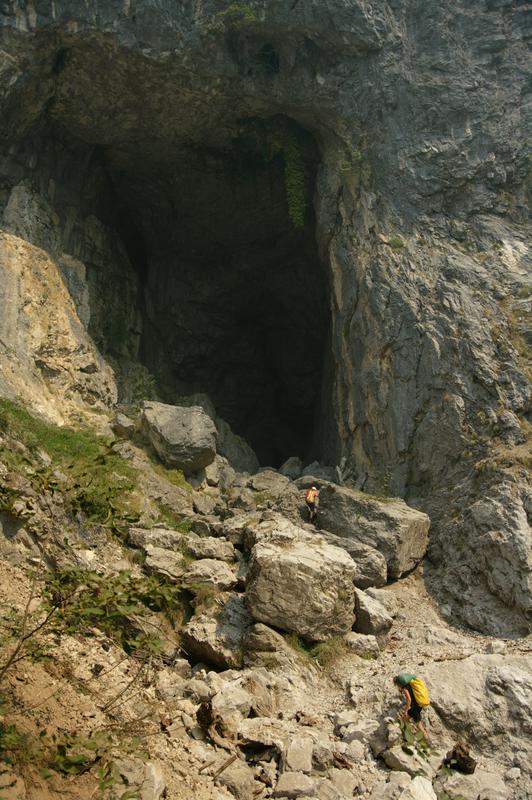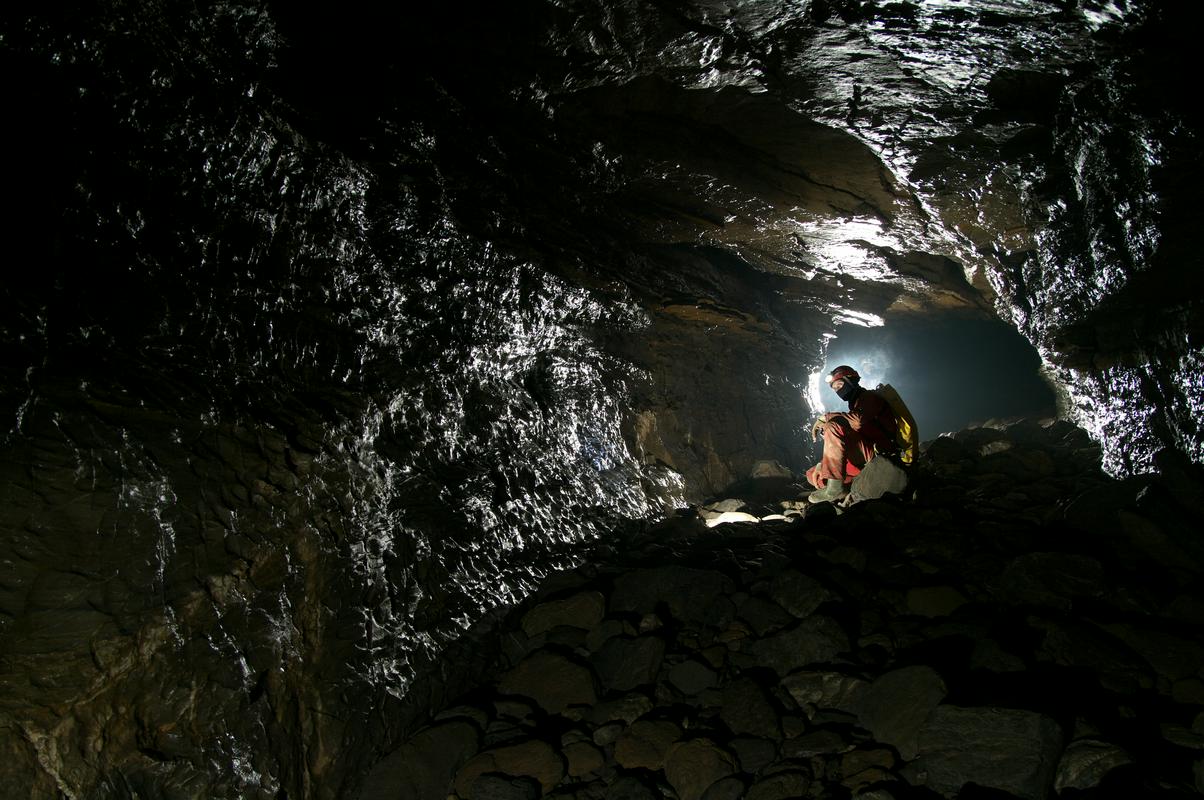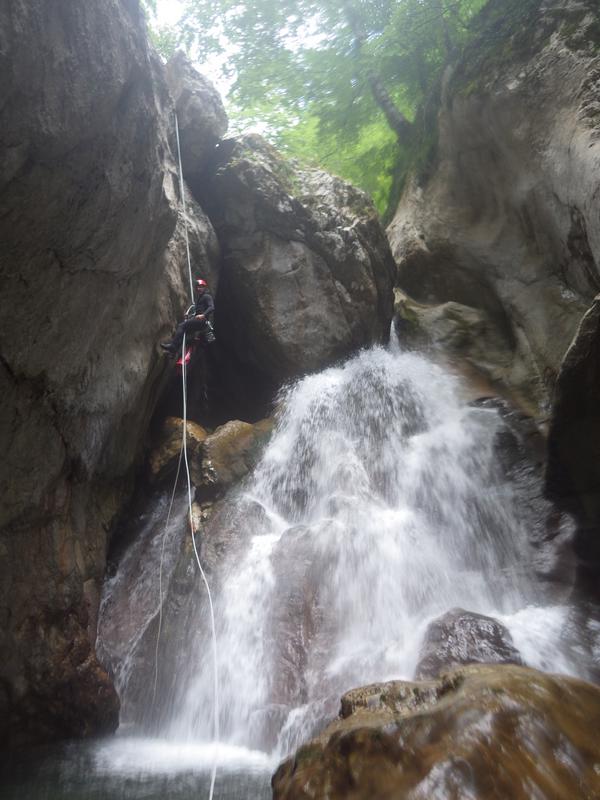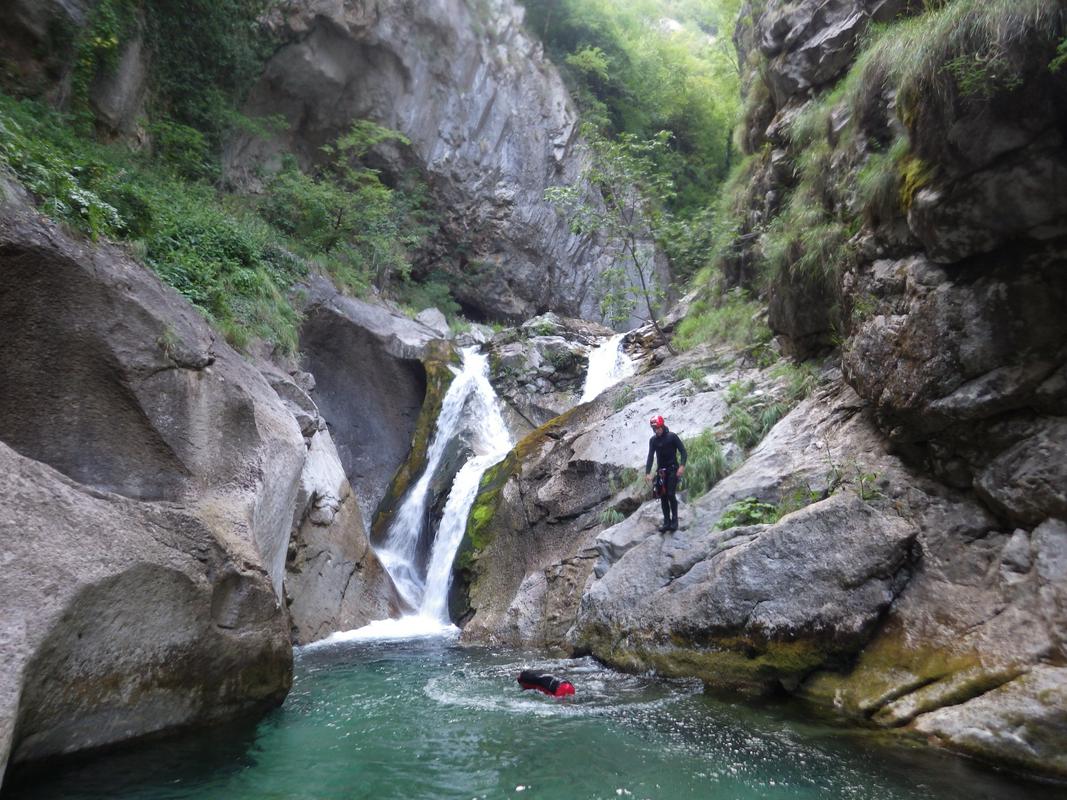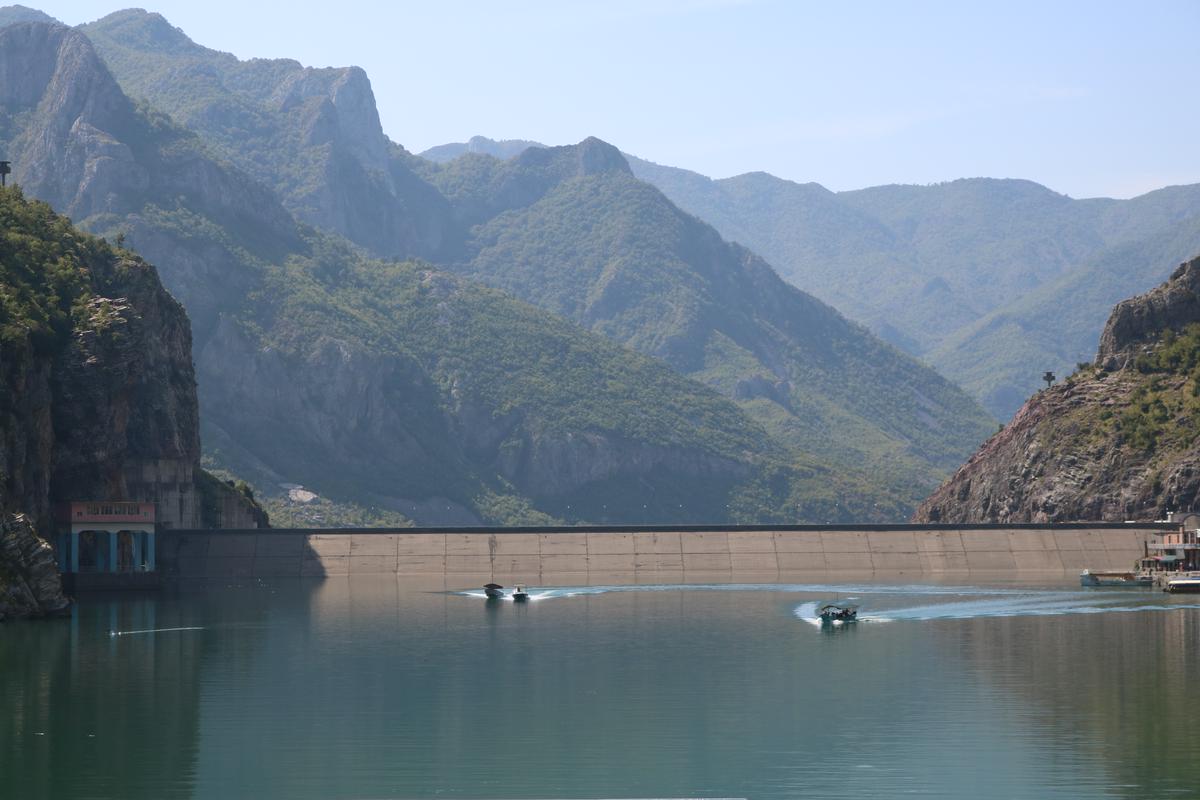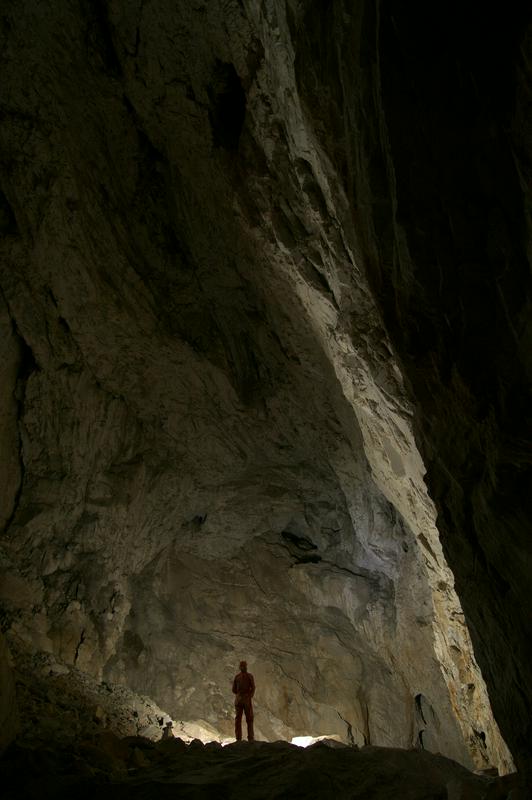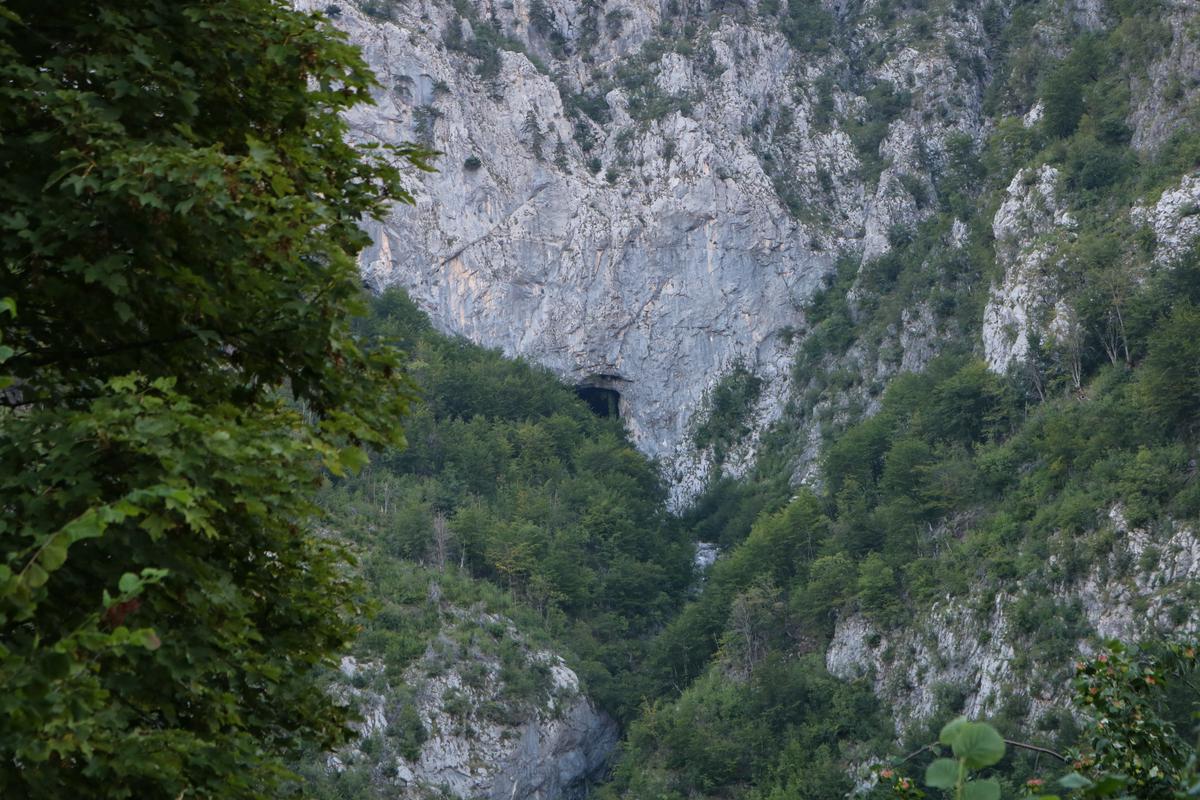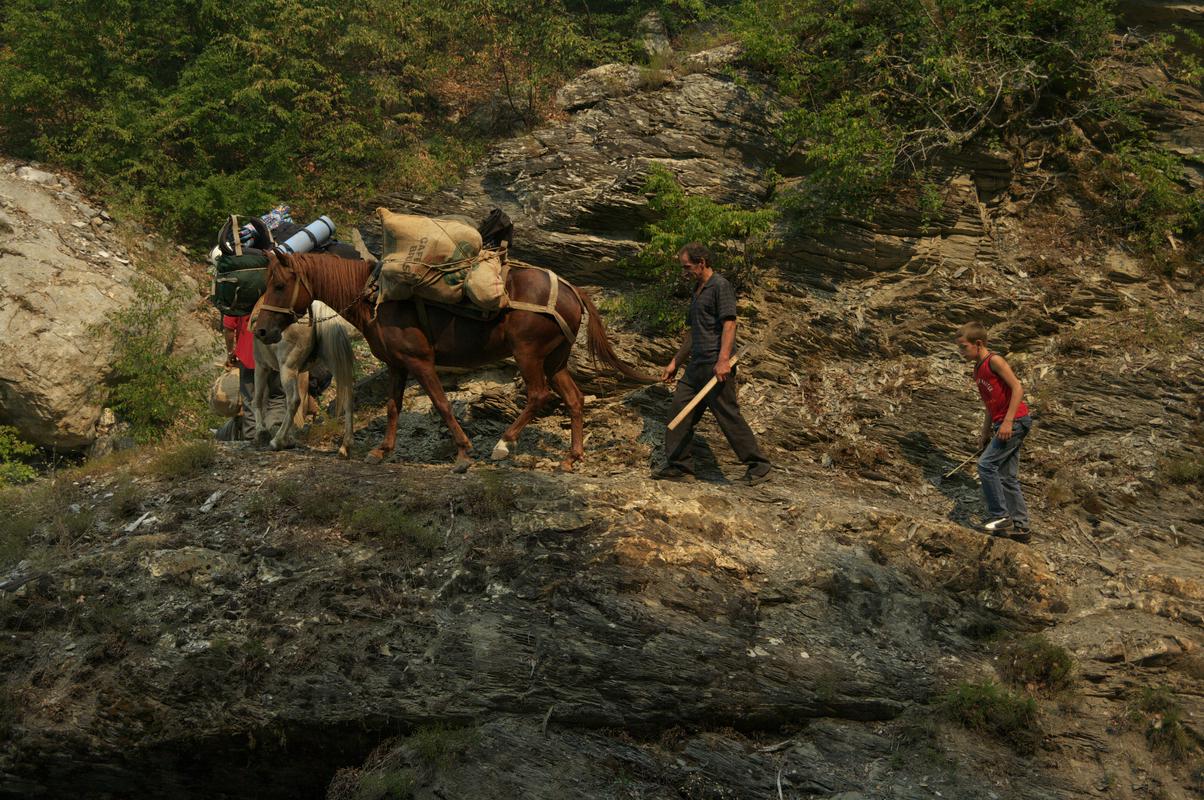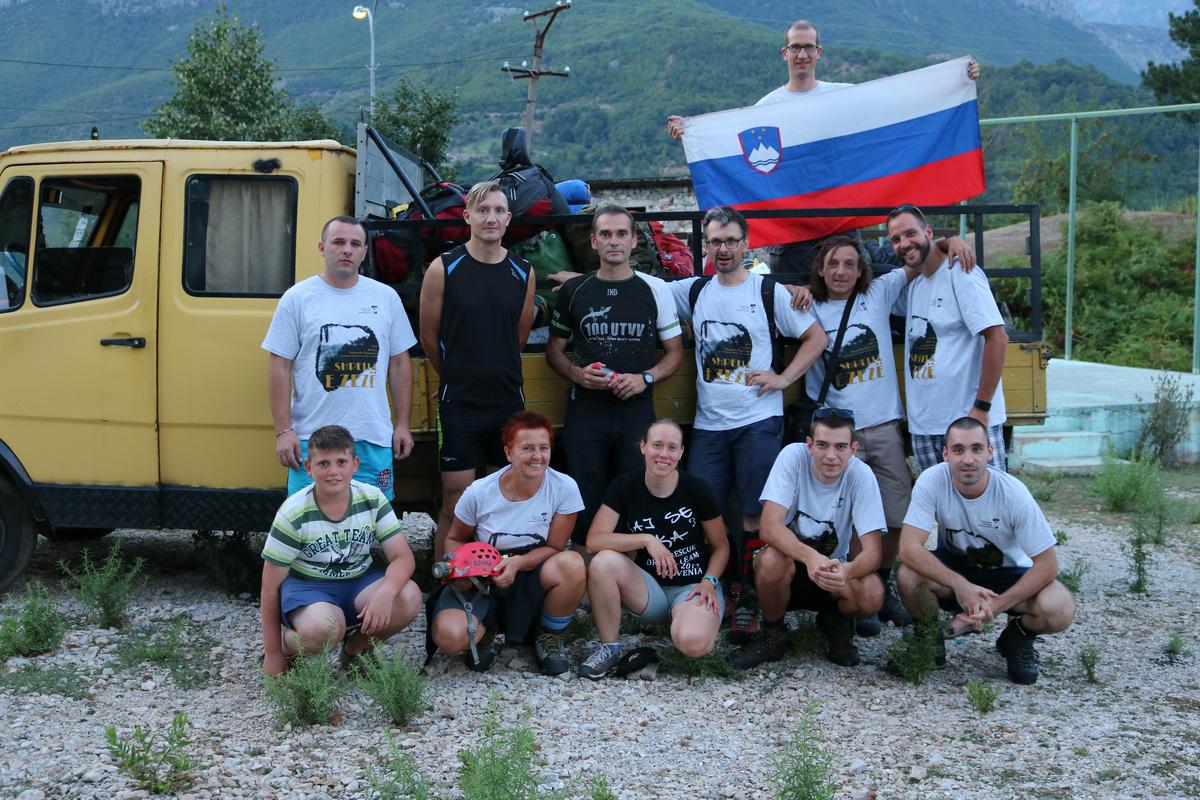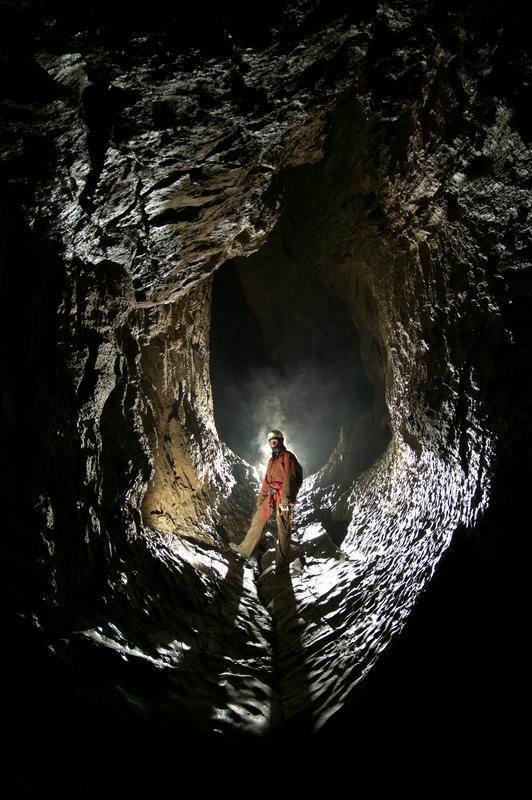
The first explorations of the cave were carried out by Italians in the 90s, following which they were joined by Slovenes ten years ago. Together, they have been exploring the cave for several years. The largest part of the cave was explored by Slovene teams, as most of the Italian cavers who had participated in the early years had moved to other Albanian caves with easier access.
Over the last year, the Slovenes have managed to penetrate deep into the cave's interior. They discovered new, unknown parts, never before seen by humans.
The members of this year's Slovene team were: Marjan Vilhar, Mitja Mršek, Rok Stopar, Robert Rehar, Vasko Vadnov, Jerica Koren, Zdenka Žitko, Matjaž Božič, Miha Štrekelj and Nejc Ileršič.
The cave was created by water descending from 2500m high Mount Hekurave. The cave is technically very challenging, as it is often completely flooded during heavy rains. There are many narrow tunnels with meanders in several sections, while deep in the interior it expands into large galleries.





















































